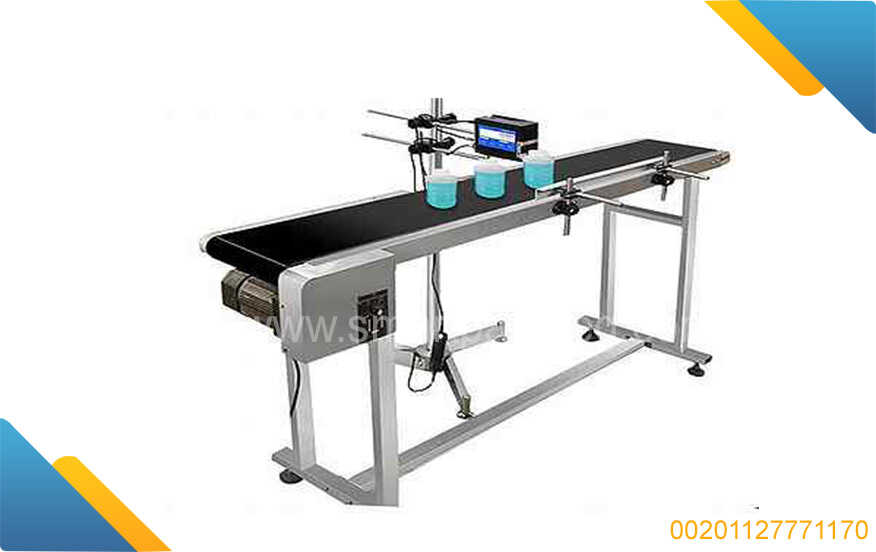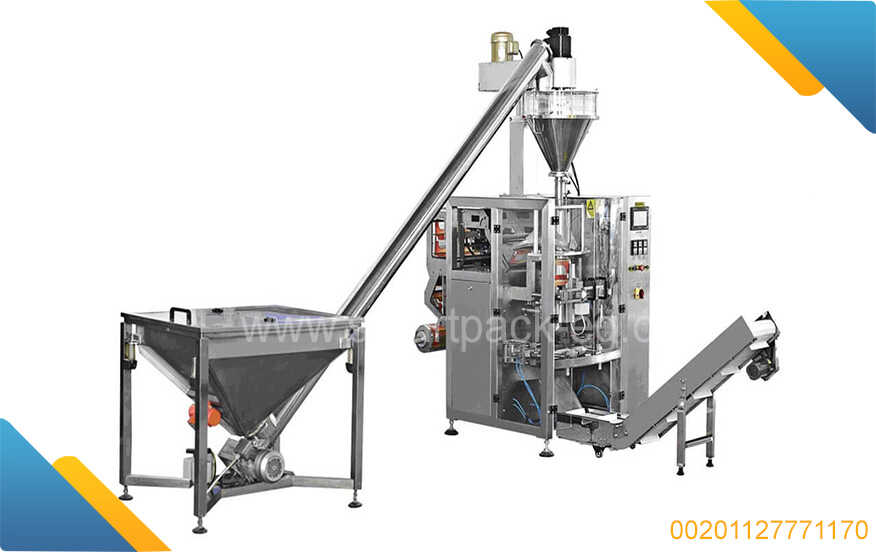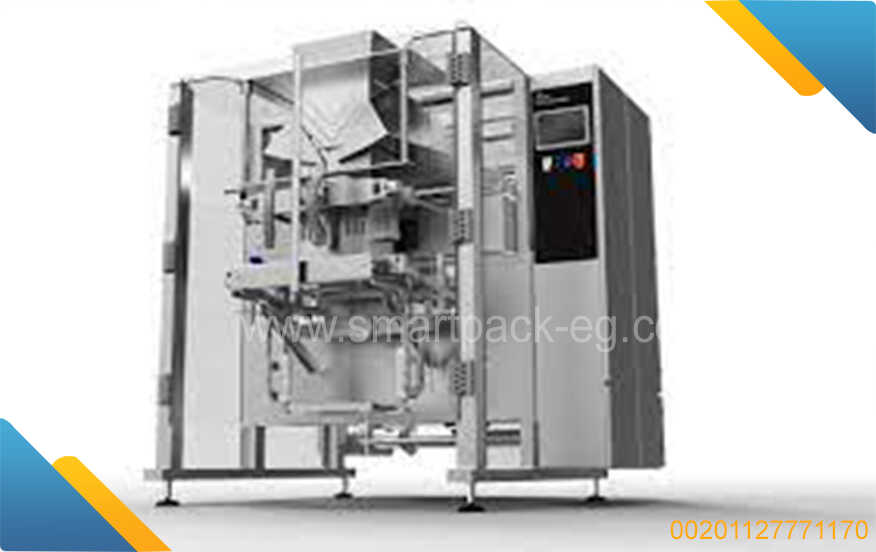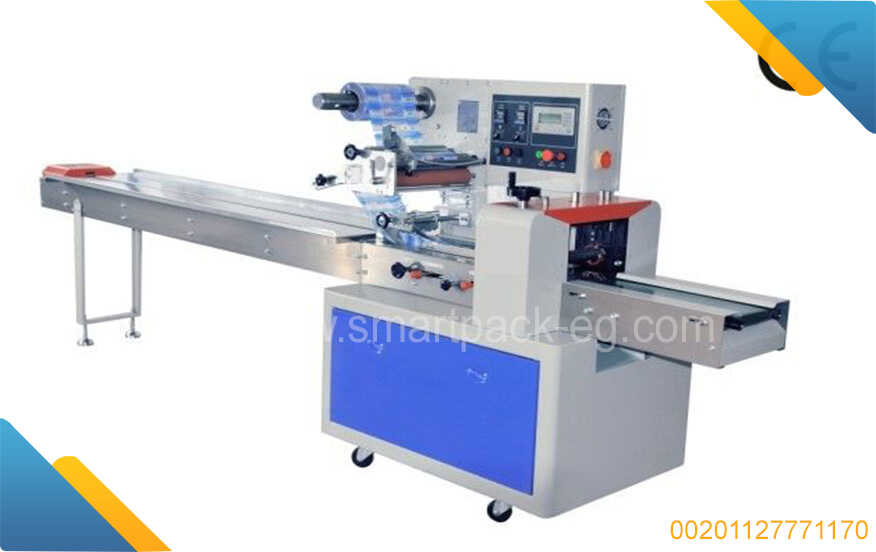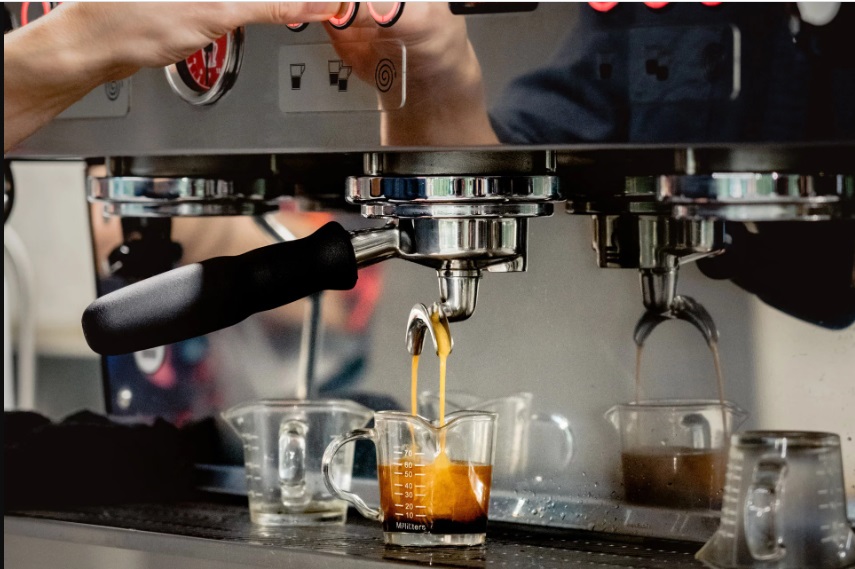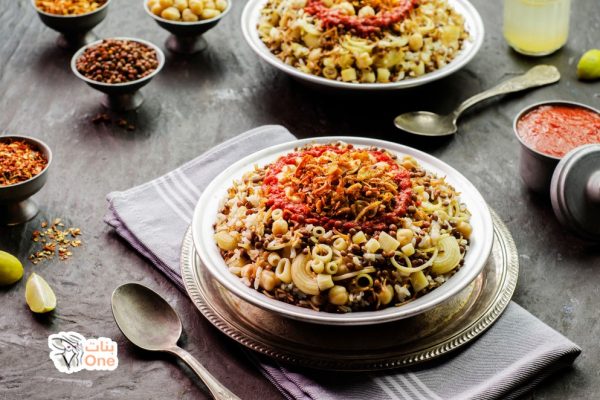How to Guide: Food and Beverage Filling and Packaging Machine Project in Egypt
Hello there! If you're looking to set up a food and beverage filling and packaging machine project in Egypt, you've come to the right place. In this guide, I'll walk you through the key steps involved in successfully executing such a project. So let's dive in!
Step 1: Research and Planning
Start by conducting thorough research on the food and beverage industry in Egypt. Gain insights into market trends, consumer demands, and competitors. Determine your target market and identify the specific types of products you plan to fill and package.
Next, develop a detailed business plan. Define your project goals, budget, and timeline. Consider factors such as machine capacity, production volume, packaging requirements, and regulatory compliance.
Step 2: Equipment Selection
Selecting the right filling and packaging machines is crucial for the success of your project. Explore various suppliers and manufacturers who specialize in this field. Consider factors such as machine reliability, efficiency, versatility, maintenance requirements, and after-sales support.
Evaluate different types of machines such as liquid fillers, capping machines, labeling machines, and shrink wrap machines. Depending on your specific requirements, choose the most suitable options that meet your production needs and budget constraints.
Step 3: Factory Setup and Layout
Once you have procured the necessary equipment, it's time to set up your facility. Identify a suitable location that meets zoning regulations and has adequate space for machine installation, product storage, and packaging operations.
Create an efficient factory layout that optimizes workflow and minimizes bottlenecks. Ensure proper ventilation, lighting, and safety measures are in place. Allocate dedicated areas for raw material storage, production lines, quality control, packaging, and finished goods storage.
Step 4: Installation and Testing
Install the filling and packaging machines according to the manufacturer's guidelines. Ensure that all electrical connections and utilities are properly installed. Conduct thorough testing to verify the proper functioning of each machine and ensure accurate filling, sealing, and labeling.
Train your staff on machine operation, maintenance, and safety protocols. It is essential to have skilled operators who can efficiently run the machines and troubleshoot any technical issues that may arise.
Step 5: Quality Control and Compliance
Implement a robust quality control system to maintain product integrity and meet regulatory requirements. Establish standard operating procedures (SOPs) for hygiene, cleanliness, product sampling, and inspection.
Regularly monitor and test the product's quality at different stages of production. Conduct microorganism tests, weight checks, and quality assurance checks to ensure consistent results. Comply with food safety standards and regulations set by Egyptian authorities.
Step 6: Packaging and Distribution
Once your products are filled, sealed, and labeled correctly, they are ready for packaging. Choose packaging materials that align with your brand image and meet industry standards. Consider factors such as durability, aesthetics, sustainability, and cost-effectiveness.
Invest in reliable packaging machines such as shrink wrap machines or carton sealers to streamline this process. Ensure proper labeling on the packaging with clear product information, nutrition facts, and batch codes.
Finally, establish an efficient distribution network to deliver your products to the market. Collaborate with distributors, retailers, or direct-to-consumer channels as per your business model.
Remember that continuous improvement is key to success in this industry. Regularly upgrade your machinery, optimize your processes, and stay updated on market trends to meet evolving consumer demands.
I hope this guide provides you with a foundation to start your food and beverage filling and packaging machine project in Egypt. Best of luck on your entrepreneurial journey!

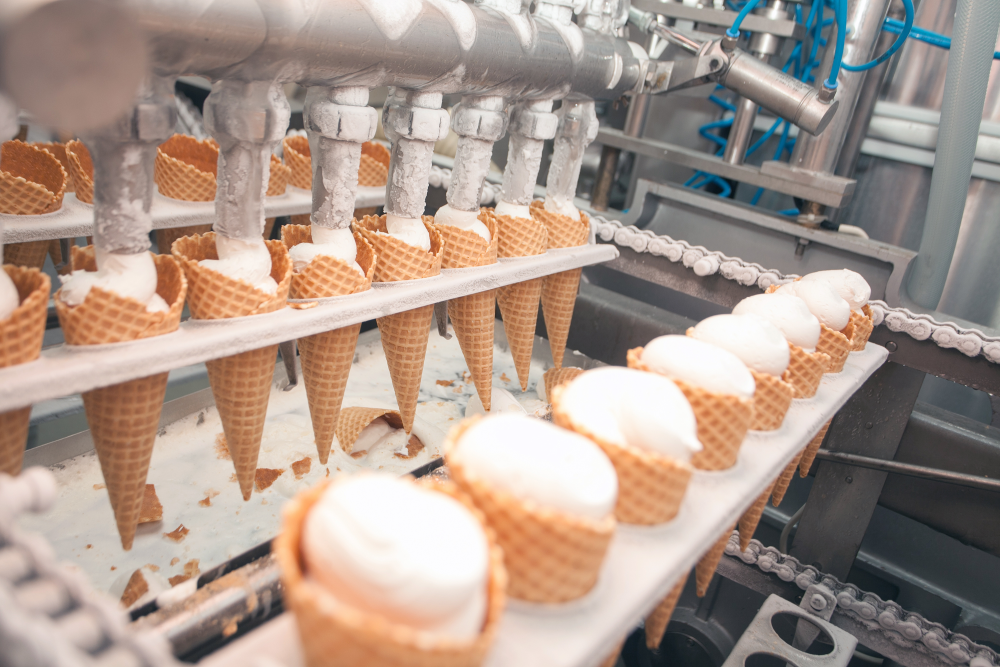
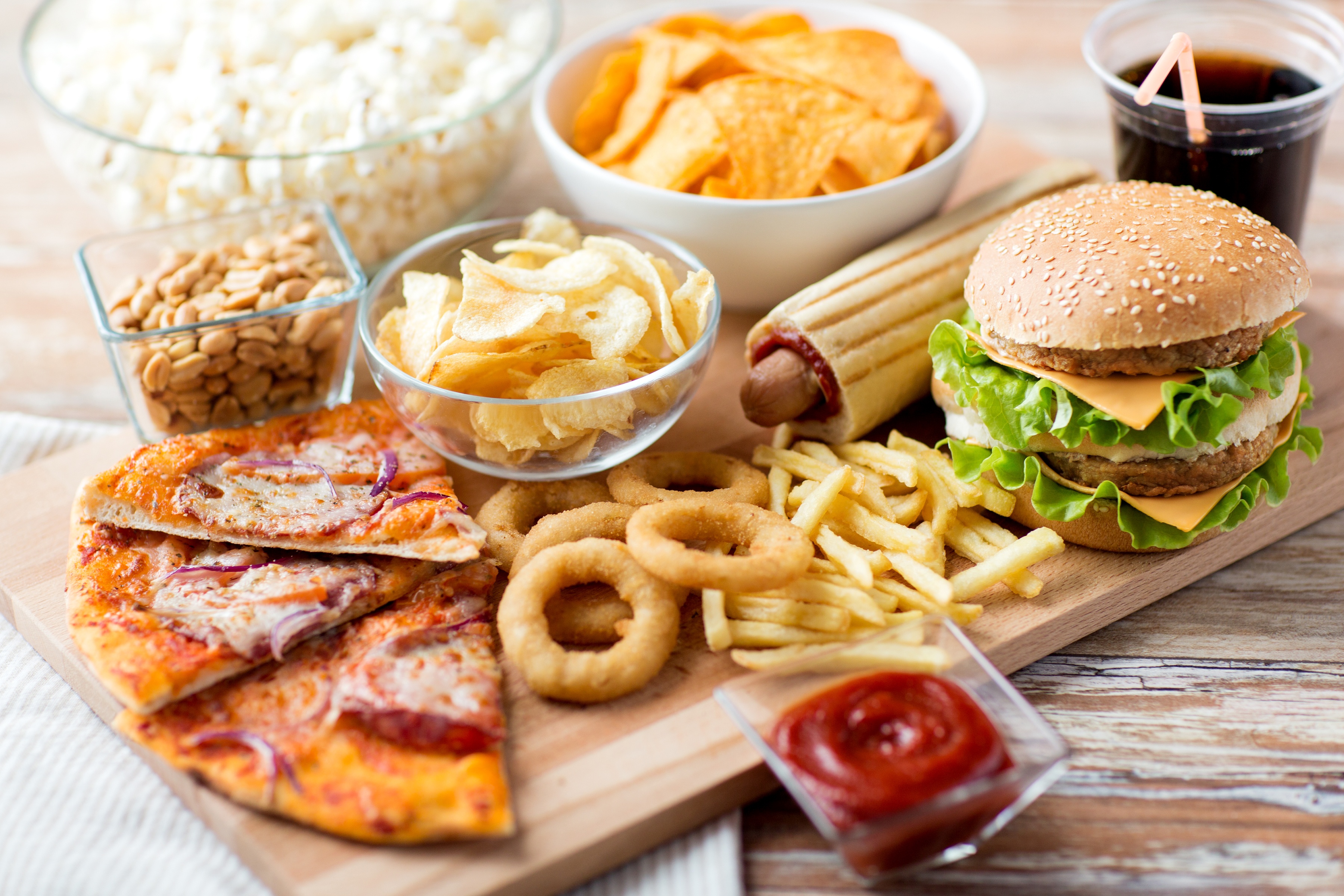
 Admin
Admin 